当前位置:网站首页>[wave modeling 1] theoretical analysis and MATLAB simulation of wave modeling
[wave modeling 1] theoretical analysis and MATLAB simulation of wave modeling
2022-07-05 00:53:00 【FPGA and MATLAB】
1. Software version
matlab2017b
2. System principle
The design of ocean wave modeling mainly involves the determination of ocean wave model , Calculation of various parameters of ocean waves , This system ,
The wave model is as follows :
![]()
In reality , There are many kinds of wave models , This model is used here , Mainly because the effect of this model is the closest to the effect on the website you give .
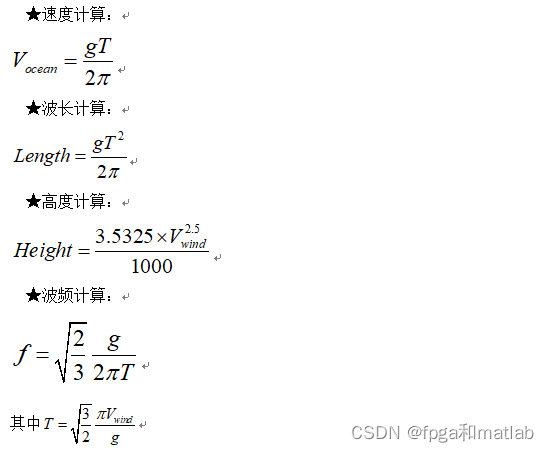
G Is the acceleration of gravity , Take the constant 9.8
3. Core source code
global Winds; % The wind speed
global g; % Acceleration of gravity
global kk; % The size ratio between the sand table of the simulation model and the actual area
global Xmax;
global Ymax;
global Dxy;
global flag;
global VX;
global VY;
global VZ;
flag = 0;
g = 9.8; % Acceleration of gravity
kk = 1/40; % The size ratio between the sand table of the simulation model and the actual area
% Interval of simulation
Dxy = 4;
% The sea area covered by the simulation
Xmax = 1000;
Ymax = 1000;
Start = 200;
x = [Start:Dxy:Xmax];
Ymax2 = round(Ymax/2);
y = [Start:Dxy:Ymax2];
[xo,yo]= meshgrid(x,y);
z2 = zeros(size(x));
% The wave height of the wave itself
r = (3.5325*Winds^2.5)/1000;
% The wave length of the wave itself
k = 2*g/(3*Winds^2);
L = 2*pi/k;
% cycle T
T = sqrt(2*pi*L/g);
% Wave frequency
w = sqrt(2/3)*g/T;
t = 0;
while(flag == 0)
disp('the wind speed is');Winds
t = t + 1;
for i = 1:(Ymax2-Start)/Dxy+1
for j = 1:(Xmax-Start)/Dxy+1
% Attenuation coefficient
d = sqrt((xo(1,j)-0)^2 + (yo(1,j)-0)^2);
alphas = exp(-0.07*d) - 0.18;
z2(i,j) = alphas*r*cos(k*sqrt((xo(1,j)-0)^2 + (yo(1,j)-0)^2) - w*t);
end
end
% Show local effects
axes(handles.axes1);
surfl(xo,yo,z2);
axis([Start-50 Xmax+50 Start-50 Ymax2+50 -8 10]);
shading interp;
colormap([143/255,157/255,203/255]);
alpha(0.75);
lightangle(-30,90);
view([VX,VY,VZ]);
pause(0.1);
% The wave length of the wave itself
k = 2*g/(3*Winds^2);
Ls = 2*pi/k;
set(handles.edit1,'String',num2str(Ls));
% Calculate the parameter index of the wave
% The wave height of the wave itself
rs = (3.5325*Winds^2.5)/1000;
set(handles.edit3,'String',num2str(rs));
% cycle T
T = sqrt(2*pi*L/g);
% Speed
c = g*T/(2*pi);
set(handles.edit4,'String',num2str(c));
% Wave frequency
w = sqrt(2/3)*g/T;
set(handles.edit5,'String',num2str(w/2/pi));
end4. test result
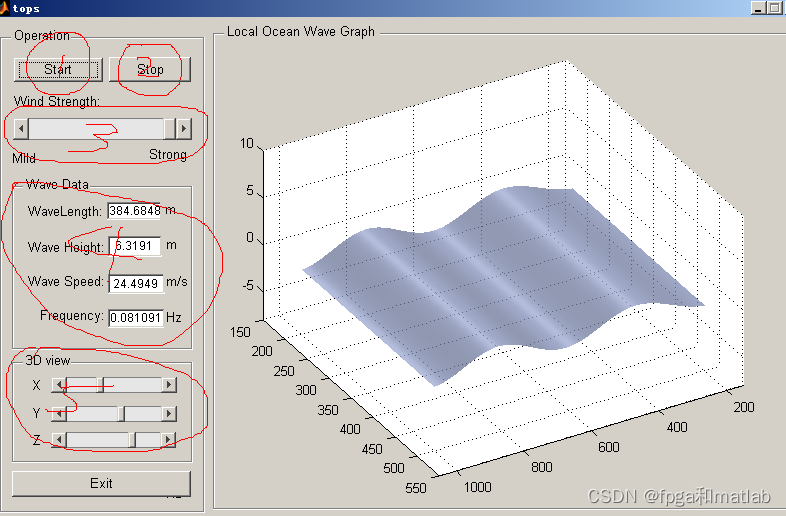
The simulation operation is shown in the above figure ,
First click on START Start simulating the effect of waves , And then click stop Can pause .
Upper figure 3 The tag is the corresponding button on the website to adjust the wind speed .
4 All parameters of the wave are displayed . See the theoretical introduction on the previous page for the calculation of specific parameters
5 Here is 3D Display of effect , You can observe the waves from different angles (MATLAB in GUI Of AXIS It is impossible to rotate the mouse directly for 3D display , So you need to display through this function )
A19-06
边栏推荐
- Talking about JVM 4: class loading mechanism
- Visual explanation of Newton iteration method
- npm install报错 强制安装
- AcWing164. 可达性统计(拓扑排序+bitset)
- Leetcode70 (Advanced), 322
- 各大主流编程语言性能PK,结果出乎意料
- Digital DP template
- 华为200万年薪聘请数据治理专家!背后的千亿市场值得关注
- What if the programmer's SQL data script coding ability is weak and Bi can't do it?
- 2022.07.03(LC_6111_统计放置房子的方式数)
猜你喜欢

pycharm专业版下载安装教程

【selenium自动化】常用注解

小程序直播 + 电商,想做新零售电商就用它吧!
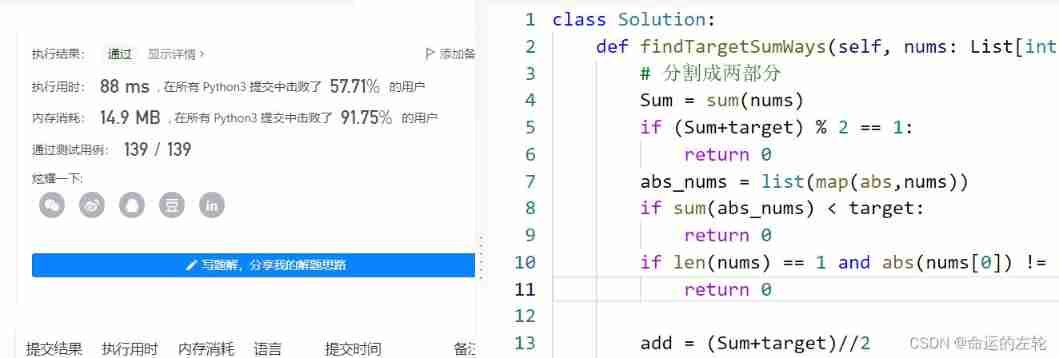
leetcode494,474
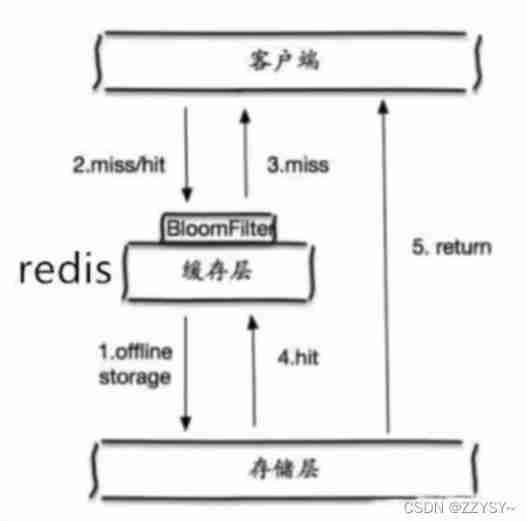
Reasons and solutions of redis cache penetration and avalanche

Binary conversion problem
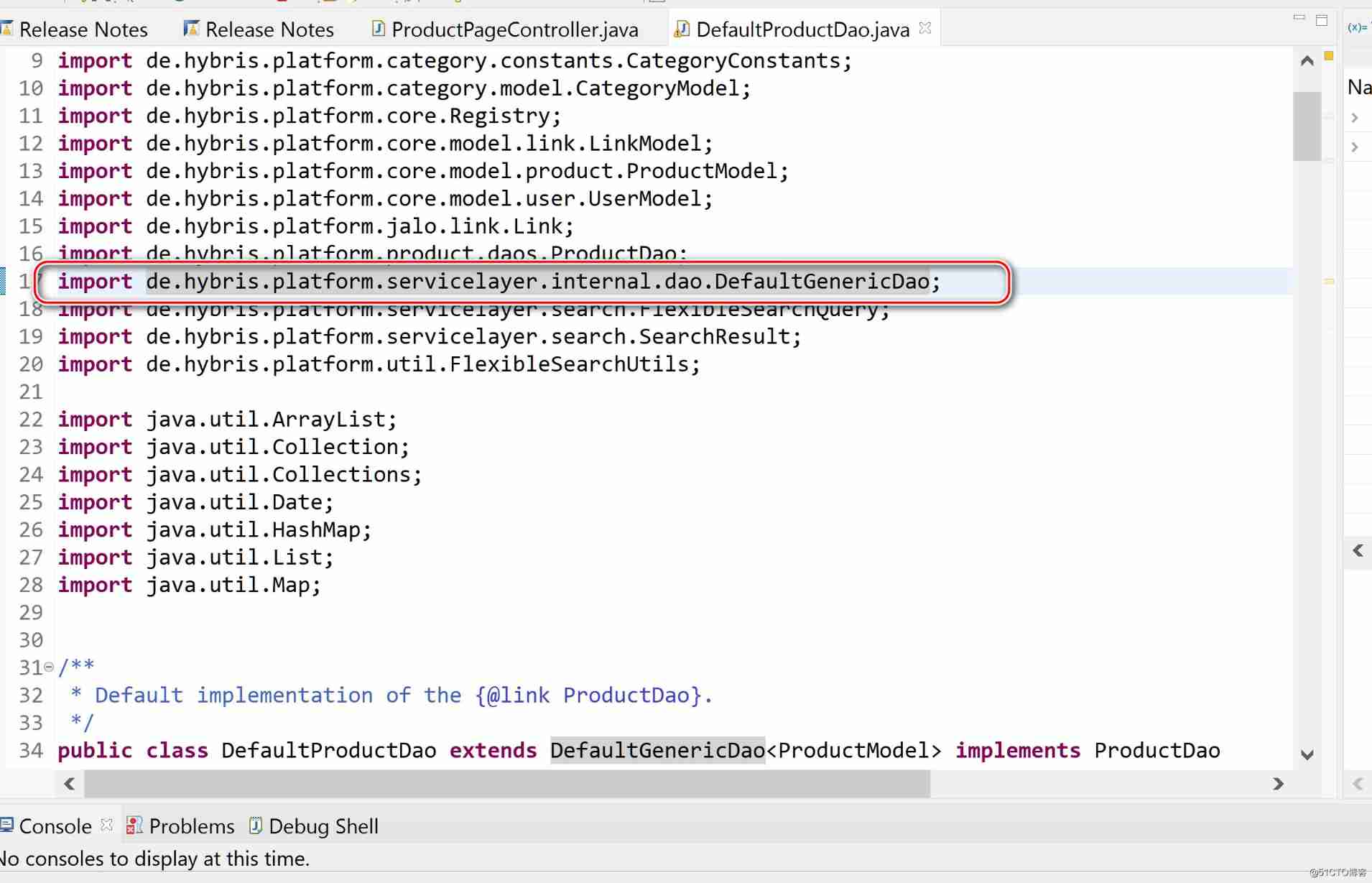
Single step debugging of master data reading of SAP commerce cloud products
![[untitled]](/img/d1/85550f58ce47e3609abe838b58c79e.jpg)
[untitled]
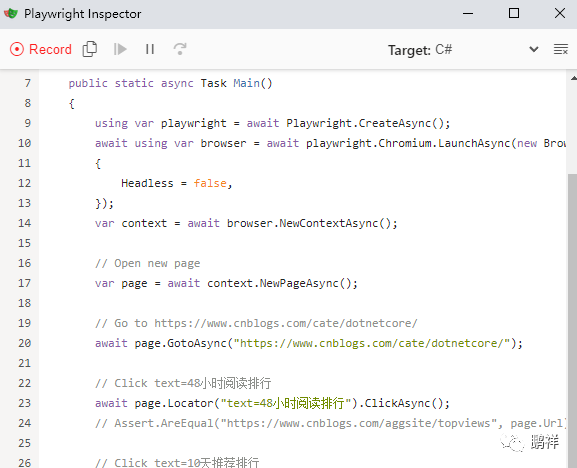
Playwright recording

Visual explanation of Newton iteration method
随机推荐
2022.07.03 (LC 6108 decryption message)
[Yocto RM]11 - Features
GDB常用命令
Paxos 入门
SAP ui5 application development tutorial 107 - trial version of SAP ui5 overflow toolbar container control introduction
2022.07.03(LC_6111_统计放置房子的方式数)
【报错】 “TypeError: Cannot read properties of undefined (reading ‘split‘)“
Open3d uses GICP to register point clouds
6. Scala operator
What if the programmer's SQL data script coding ability is weak and Bi can't do it?
Check if this is null - checking if this is null
Detailed explanation of openharmony resource management
海思3559万能平台搭建:YUV422的踩坑记录
【海浪建模3】三维随机真实海浪建模以及海浪发电机建模matlab仿真
||Interview questions you will encounter
Expose testing outsourcing companies. You may have heard such a voice about outsourcing
IT转测试岗,从迷茫到坚定我究竟付出了什么?
Huawei employs data management experts with an annual salary of 2million! The 100 billion market behind it deserves attention
[circuit design] optocoupler use and circuit design summary
PyTorch: In-place Operation